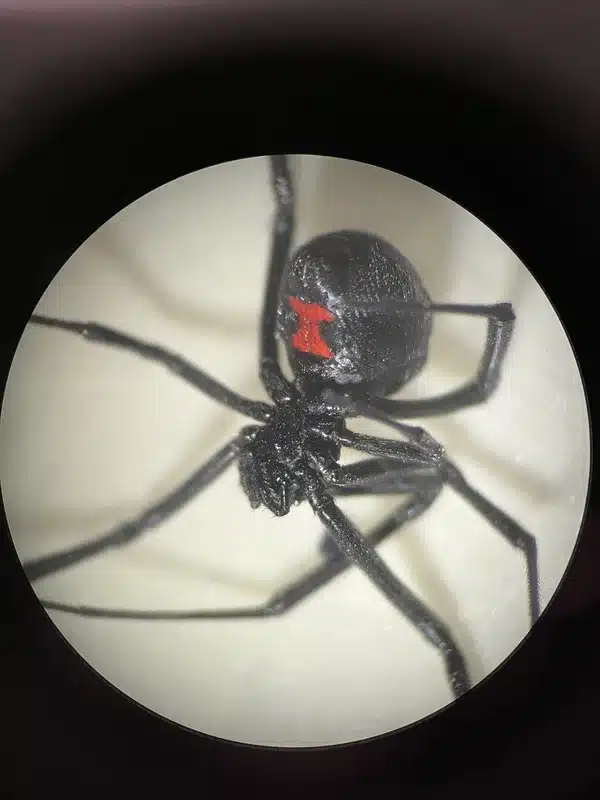Finding a black widow spider in your home can be alarming. These venomous spiders are recognizable by their shiny black bodies and distinctive red hourglass marking. But should you kill a black widow spider immediately, or is there a better approach?
The answer depends on where you find the spider and whether it poses a real threat. In my years working in pest control throughout the DC metro area, I’ve encountered countless spider situations. Some require immediate action, while others can be managed through safer alternatives.
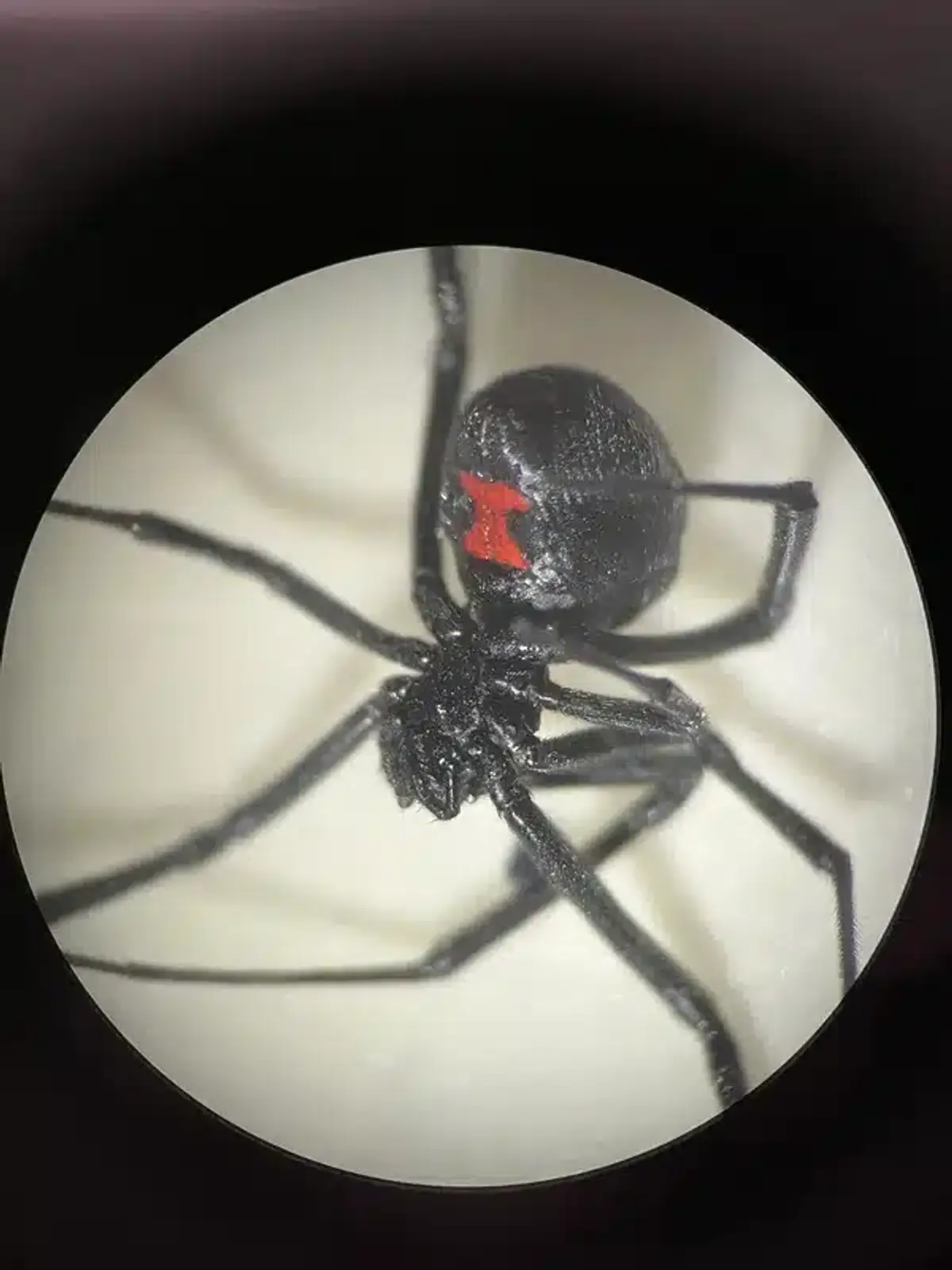
Understanding Black Widow Spider Behavior
Black widow spiders are actually quite shy creatures. They prefer to hide in dark, undisturbed areas like woodpiles, garages, basements, and storage areas. Female black widow spiders are the ones you need to worry about - they’re larger and have the venom that can cause serious problems.
These spiders don’t actively hunt humans. They bite if they feel threatened or accidentally trapped against your skin. Most black widow bites happen when people reach into areas where spiders are hiding without looking first.
Black widows can be found throughout Virginia and Maryland, especially in wooded areas. In my experience working in places like Mt. Vernon, spider activity builds up quickly in areas with lots of trees and moisture. The eaves of homes and crawl spaces are particularly common spots for black widow infestations.
When Black Widow Removal Is Necessary
You should definitely get rid of black widows in certain situations. If you find a black widow spider inside your living spaces, immediate removal is the right choice. These areas include bedrooms, kitchens, bathrooms, and family rooms where people spend time.
Children’s play areas require special attention. Any black widow found near swing sets, sandboxes, or outdoor toys should be removed quickly. The same goes for frequently used areas like patios, doorways, and porches.
Additionally, if you discover multiple black widows or find an egg sac, this suggests a larger problem. Female black widows can produce several egg sacs, each containing hundreds of spiderlings. This situation calls for professional intervention.
Safety First
Never attempt to remove multiple black widows or egg sacs yourself. A single egg sac can contain 200-900 spiderlings. Professional pest control technicians have the proper equipment and training to safely handle spider infestations without putting your family at risk.
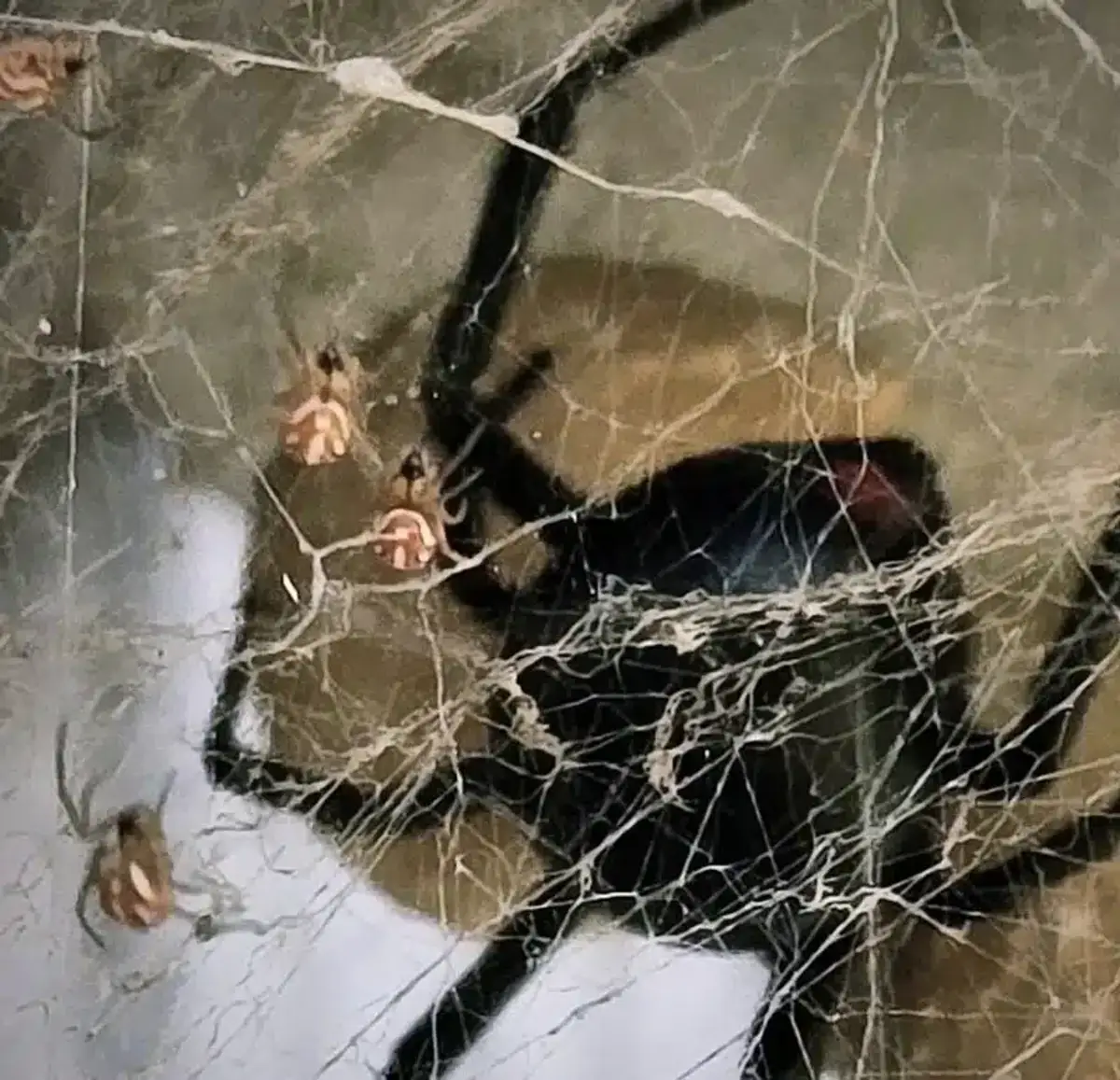
When Black Widows Can Stay
Believe it or not, black widow spiders can actually be beneficial in some situations. They’re excellent at controlling other pest populations, eating flies, mosquitoes, cockroaches, and various insects that cause problems around homes.
If you find a single black widow in an out-of-the-way outdoor location - like a far corner of your yard or in a rarely used shed - you might consider leaving it alone. As long as the spider isn’t in an area where people or pets frequently go, it can help with natural pest management.
However, this decision should always prioritize your family’s wellbeing. If anyone in your household has health concerns or if you simply feel uncomfortable with a venomous spider nearby, removal is completely reasonable.
Safe Black Widow Spider Removal Methods
If you decide to kill a black widow spider yourself, approach the situation carefully. Always wear gloves and long sleeves when dealing with any spider removal. Keep a flashlight handy since black widows often hide in dark spaces.
The safest approach is using a long-handled tool like a broom or stick to avoid direct contact. You can also use a vacuum cleaner from a distance, though you should dispose of the vacuum bag immediately afterward.
For relocation rather than killing, use a jar and stiff piece of cardboard. Trap the spider under the jar, slide the cardboard underneath, and relocate it at least 50 feet from your home. This method works best when you can safely reach the spider without putting yourself at risk.
Essential Safety Equipment for Spider Removal
- Protective Gear: Long sleeves, pants, closed-toe shoes, and thick gloves (leather or heavy gardening gloves work best)
- Tools: Flashlight, long-handled broom or stick, glass jar with cardboard, or vacuum with hose attachment
- First Aid: Keep a first aid kit nearby and have emergency contact numbers readily available
- Professional Option: When in doubt, call a pest control professional - it’s always better to be safe than sorry

Professional Black Widow Spider Control
Sometimes calling a professional pest control company is the smartest choice. This is especially true when dealing with multiple spiders, hard-to-reach locations, or if you’re uncomfortable handling the situation yourself.
Our approach to spider control involves a two-step process. First, we remove existing webs using a tool called a webster. Then we apply a non-repellent treatment along the exterior foundation to help prevent spiders, including black widows, from returning.
Professional pest management offers several advantages. Registered technicians have the training and equipment to safely remove spiders from difficult locations like attics and crawl spaces. They can also identify potential problem areas and implement long-term prevention strategies.
Black Widow Control Method Comparison
| DIY Removal | Professional Control | |
|---|---|---|
| Best For | Single spiders in accessible areas | Multiple spiders, infestations, hard-to-reach areas |
| Safety Level | Moderate risk | Low risk |
| Equipment Needed | Basic protective gear, household tools | Professional equipment, specialized tools |
| Long-term Results | Addresses immediate problem only | Prevention and ongoing monitoring |
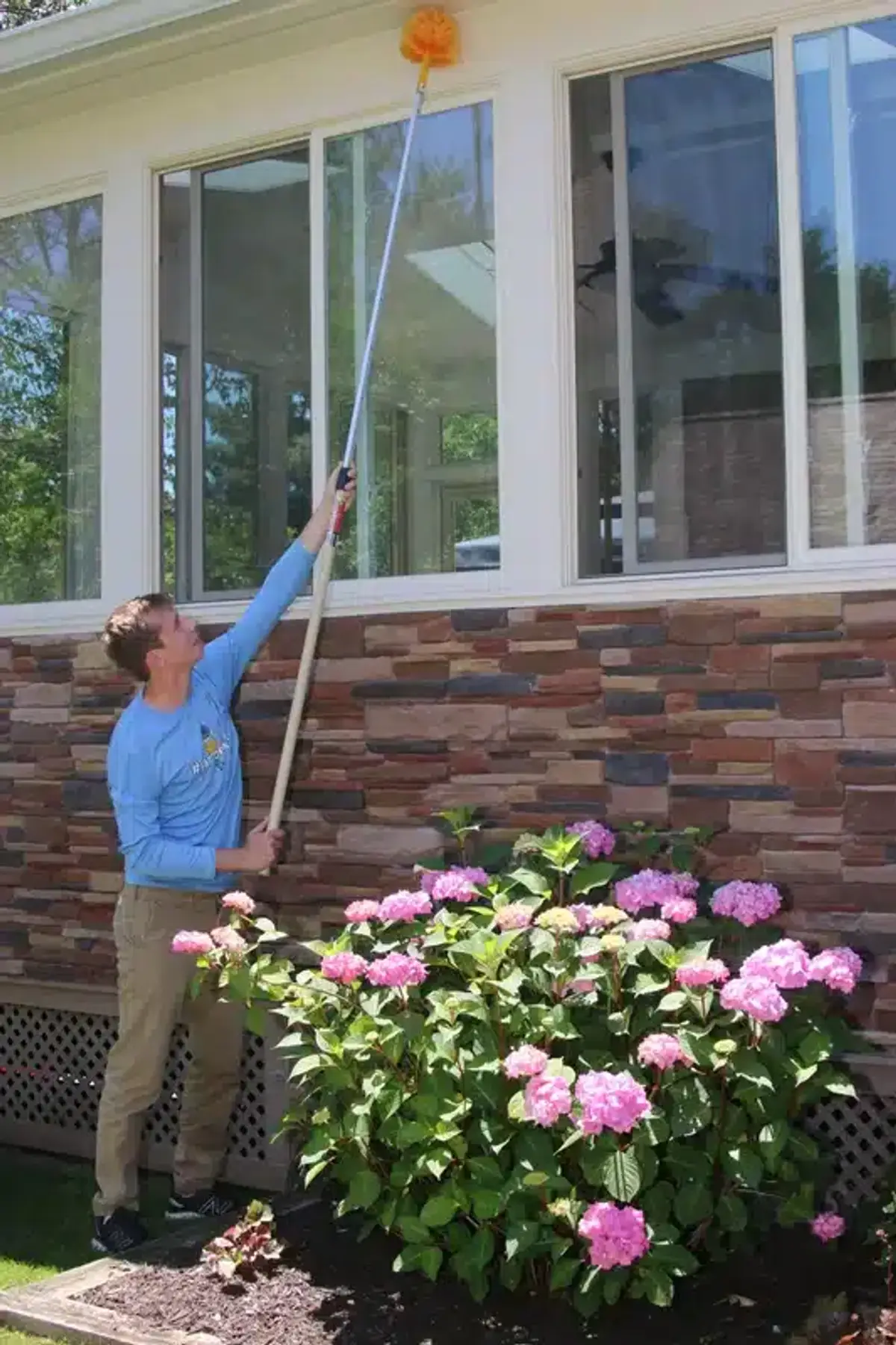
Preventing Black Widow Infestations
Prevention is always better than dealing with established spider populations. Start by eliminating attractive hiding spots around your property. Store firewood at least 20 feet from your house and keep it elevated off the ground.
Seal cracks around your foundation, windows, and doors. Black widows can squeeze through surprisingly small openings. Regular cleaning of basements, garages, and storage areas also helps prevent spider populations from building up.
Reduce outdoor lighting that attracts insects, which in turn attract spiders. Consider using yellow or orange bulbs instead of white lights, or move lighting away from frequently used entrances.
Keep vegetation trimmed back from your house foundation. Overgrown shrubs and ivy provide perfect hiding spots where black widows often hide and build their webs.
Recognizing Black Widow Bite Symptoms
If someone gets bitten by a black widow, quick action is important. Black widow bites can cause severe symptoms including muscle cramps, abdominal pain, and difficulty breathing.
Initial symptoms might be mild, but black widow venom can affect the nervous system. The bite can cause muscle tremors and severe cramp-like pain that spreads from the bite location.
In severe cases, victims may experience nausea, sweating, and elevated blood pressure. Children, elderly individuals, and people with compromised immune systems face higher risks from a venomous bite.
If you suspect someone has been bitten by a black widow, seek medical attention immediately. Try to capture the spider for identification if you can do so without additional risk. Quick medical intervention can prevent the most serious complications.
What does the science say?
According to the CDC, black widow spider venom contains latrotoxin, a neurotoxin that affects the nervous system by causing massive release of neurotransmitters. The venom is actually 15 times more potent than rattlesnake venom, though much smaller quantities are injected during a bite.
Medical research shows that while black widow bites can cause serious symptoms, deaths are extremely rare with modern medical treatment. Studies indicate that fewer than 1% of black widow bites result in serious complications when proper medical care is received promptly.
Black Widow Spider Biology and Behavior
Understanding how black widows live helps you make better decisions about control. Female black widow spiders are the dangerous ones - males are much smaller and rarely bite humans. The female black has the distinctive red hourglass marking on her abdomen.
These spiders are most active during warmer months. They typically build irregular, sticky webs in protected areas. Black widow spiders come out mainly at night to hunt for prey.
Black widows can be found in both urban and rural areas throughout the Mid-Atlantic region. They adapt well to human environments, which is why spider control becomes necessary when populations grow near homes.
One female can produce multiple egg sacs during her lifetime. Each sac can contain hundreds of spiderlings, which explains how black widow populations can grow quickly in favorable conditions.
Myths About Black Widow Spiders
Many people have misconceptions about black widow spiders that can lead to unnecessary fear or poor decisions. For example, not all black spiders are dangerous - many harmless species look similar to black widows.
Another common myth is that black widows are aggressive hunters. In reality, they’re quite passive and prefer to stay hidden. They bite only when they feel cornered or threatened.
Some people believe that killing black widow spiders will attract more spiders to the area. This isn’t true - removing problem spiders and their webs actually helps reduce future spider activity.
It’s also worth noting that while black widow spiders are venomous spiders, fatalities from bites are extremely rare with modern medical care. Proper medical treatment can effectively manage even severe black widow bites.
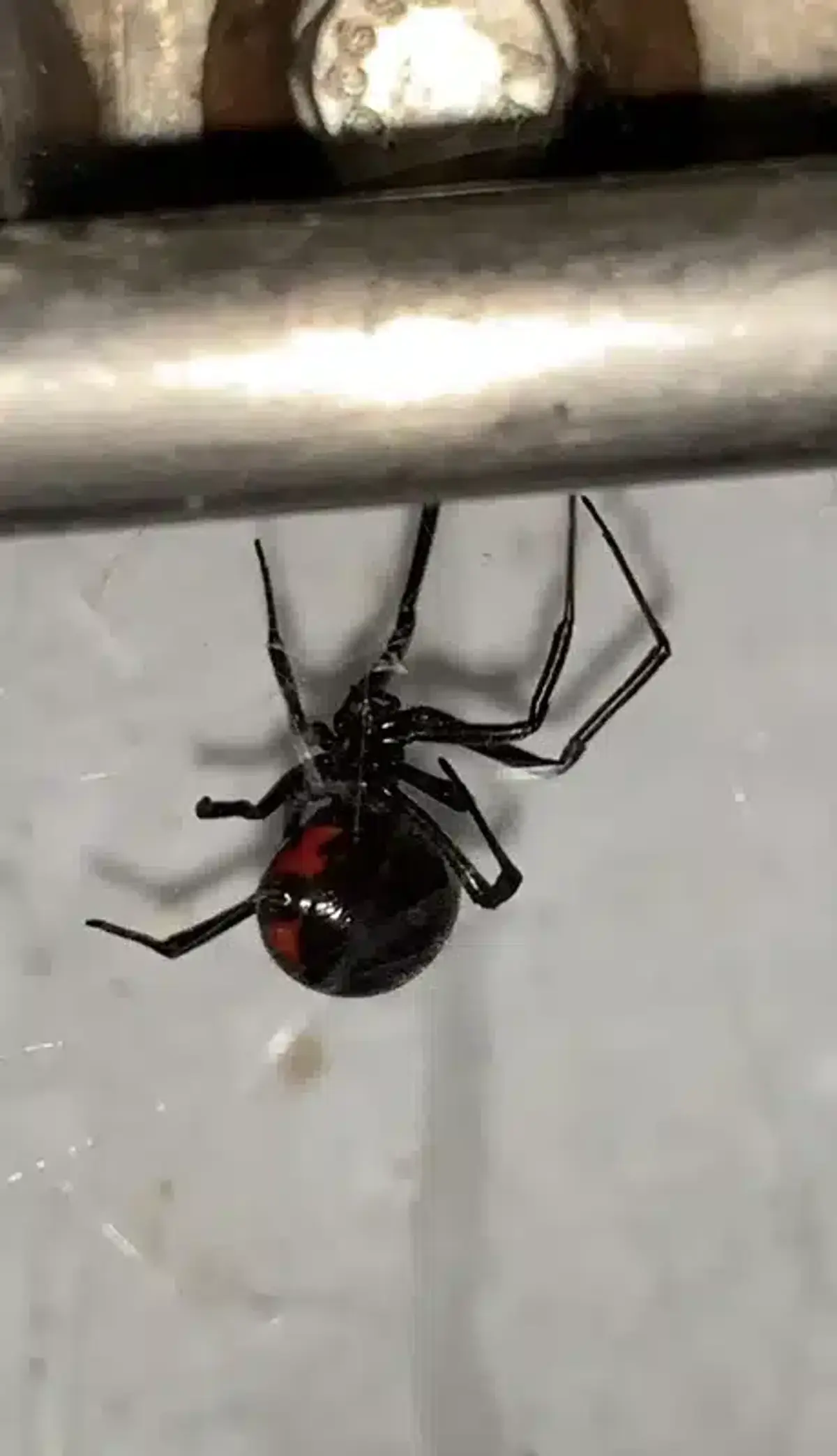
Long-term Spider Prevention Strategies
Effective spider prevention requires ongoing attention to your property. Regular inspection of potential hiding spots helps you catch problems early. Check areas like woodpiles, under decks, and around outdoor equipment regularly.
Maintain good sanitation practices in areas where spiders might establish themselves. This includes cleaning up cluttered spaces in basements, garages, and attics where venomous spiders like black widows might feel comfortable.
Consider professional pest control services for comprehensive protection. Regular treatments can help eliminate both spiders and the insects they feed on, creating an environment less attractive to black widows.
When you find webs, remove them promptly. Even if you don’t see the spider, destroying the web forces it to relocate and expend energy rebuilding elsewhere.
Making informed decisions about whether to kill a black widow spider depends on your specific situation. While these spiders can be beneficial for controlling other pests, your family’s wellbeing should always come first. When in doubt, it’s better to err on the side of caution and remove potentially dangerous spiders from areas where people spend time.
If you’re dealing with black widow spiders around your home and need professional help, don’t hesitate to reach out. Our licensed technicians can assess your situation and recommend the best approach for getting rid of black widows while keeping your family protected. Call us at 703-683-2000 or email us at info@bettertermite.com for a consultation.
Frequently Asked Questions About Black Widow Spider Control
What should I do if I see a black widow spider?
+
Stay calm and avoid direct contact with the spider. If it's in a living area or frequently used space, remove it using a long-handled tool or call a professional. If it's in an out-of-the-way outdoor location, you might choose to leave it alone as it can help control other pest populations.
Does seeing one black widow mean there are more?
+
Not necessarily. A single black widow doesn't automatically mean you have an infestation. However, if you find egg sacs or multiple spiders, this suggests a larger population that may require professional spider control services.
Should I squish a black widow?
+
You can kill the spider if it poses a threat, but avoid squishing it with your bare hands or feet. Use a long-handled tool, wear gloves, and maintain distance to prevent getting bit. Vacuuming from a distance is often the most effective method.
Will a black widow kill a dog?
+
While black widows are dangerous to dogs, fatalities are rare with prompt veterinary care. Dogs may experience muscle cramps, tremors, and other serious symptoms from a black widow spider bite. Contact your veterinarian immediately if you suspect your pet has been bitten.
How can I tell if it's really a black widow?
+
Look for a shiny black spider with a bulbous abdomen and a red hourglass marking underneath. Female black widows are about half an inch long with a leg span of about 1.5 inches. They typically hang upside down in irregular, sticky webs.
Where do black widows usually hide?
+
Black widows prefer dark, undisturbed areas like woodpiles, basements, garages, crawl spaces, and storage areas. They also commonly build webs under outdoor furniture, in meter boxes, and around the foundation of homes.
How dangerous is a black widow bite really?
+
Black widow bites can cause serious symptoms including severe muscle cramps, abdominal pain, and neurological effects. However, deaths are extremely rare with modern medical treatment. The bite requires immediate medical attention, but most people recover completely with proper care.
Can I prevent black widow spiders naturally?
+
Yes, you can reduce black widow populations by eliminating their preferred habitats. Keep firewood away from your house, seal cracks and crevices, remove clutter from storage areas, and trim vegetation back from your foundation. Regular cleaning also helps prevent future infestations.
With five years of hands-on experience in the pest control industry, George Schulz is a registered technician with the Virginia Pest Management Association and a proud third-generation professional in a family business that's been protecting homes for over 57 years. He manages and trains a team of service pros while also leading internal research efforts—recently spearheading a deep-dive review of thousands of documents on pest control materials to hand-pick the most kid and pet friendly, most effective solutions tailored specifically for homes in the DC metro area.
